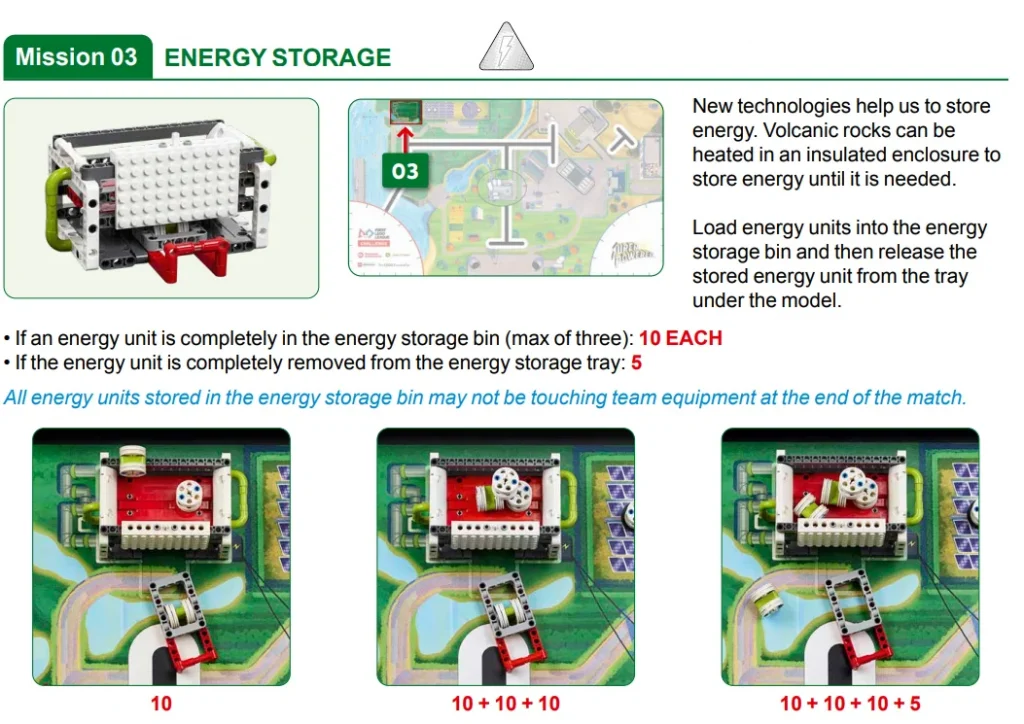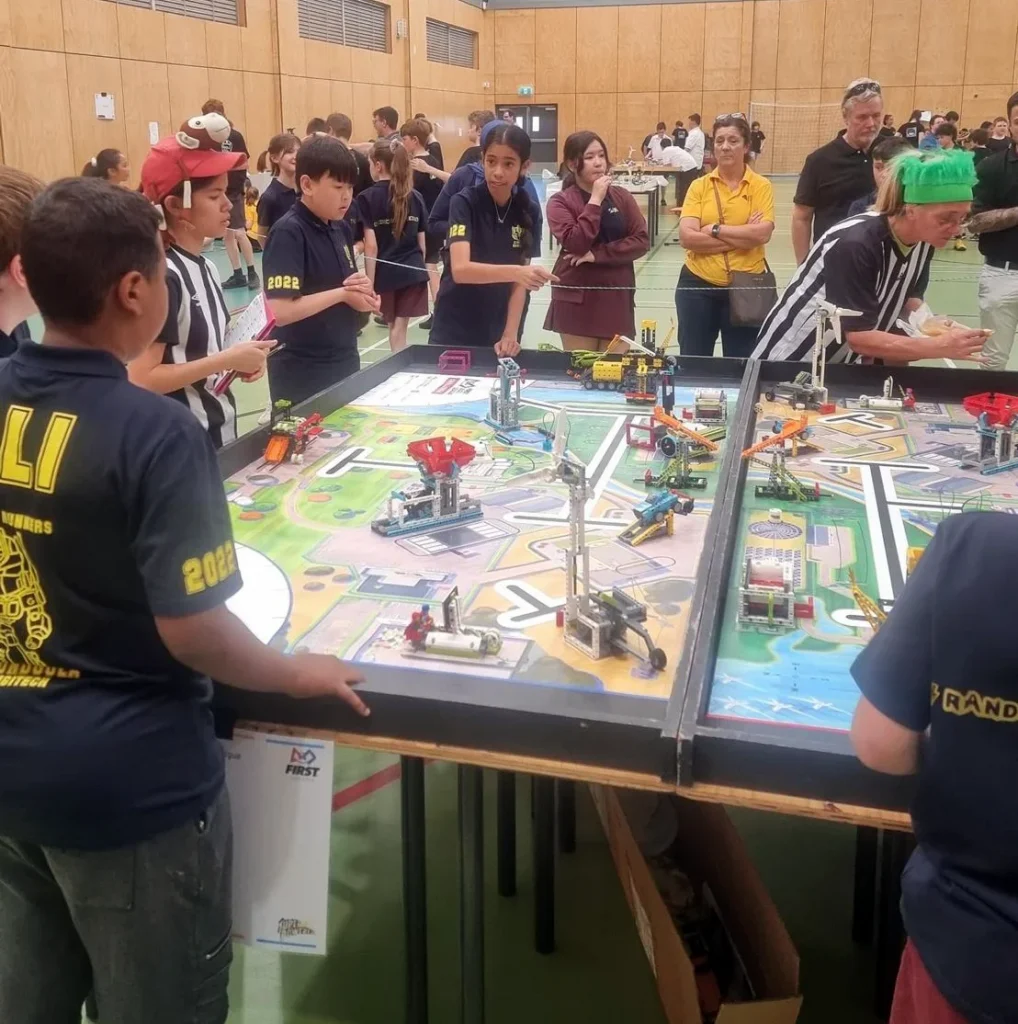I’m fortunate that my work – NEXTDC gives us three fully paid volunteer days to help the community. Not only that, but our great HR team present opportunities to us that we might find interesting. Checking out the blog post on Yammer, I clicked a link and it showed a 404 error. “What’s this?” I say to myself. “Weird” but it’s taken me to the Seek Volunteering page so lets see what else is around in Perth.
3 pages in, I come across First LEGO League. Volunteering and LEGO – can it get any better? Better click through and find out what this is all about. Enter FIRST LEGO League Challenge.

The FIRST LEGO League is a STEM project run globally encouraging kids from Pre-kindy to Grade 8 to embrace Science and Technology. FIRST stands for “For Inspiration and Recognition of Science and Technology” and the volunteering opportunity available was for the FIRST LEGO League Challenge. This covers kids aged 9-16 and is the oldest group of the League. Excitingly, this means they get to build LEGO Robots!
“Sounds good” I hear you say, “but I’ve read your profile and you’re 41 – a touch over the requisite 16 year old cut-off. How can you get involved?”. I’m glad you asked! In Western Australia, the League is formally run by Curtin University but in reality, there’s a huge amount of volunteer hours needed to make it run smoothly. Not only are teachers putting in many often un-paid hours, volunteers are also needed to referee the Robot games and Judges needed to, well, Judge.
I once did a week’s work experience as a Lawyer, and needless to say, it was not quite my cup of tea. But what if I could skip the 4 years of learning and 10 years of being a lawyer and immediately become a judge! I’d jump at the chance! And so here we are. Alas I didn’t get to wear a robe, but we were required to wear a funny hat, so that’s something.

The league consists of several key elements:
1. Creating and coding a LEGO robot that must complete set tasks within a few minutes
2. Creating an innovation project
3. Presenting the robot and your innovation project to the Judges
4. Working together as a team (and getting judged on it too!)
Rounds are held across the state at a variety of high schools with approximately 10-14 schools presenting at each local event. The robot games are held with a specific slant with scores given for the ability of the teams robots to complete tasks. This years theme is Sustainability so the Robots had tasks such as loading energy units into storage bins, enable solar arrays, engage a smart grid and other similar challenges.

Needless to say, building and coding a robot is a highly engaging part of the program. However the teams also need to create an innovation project which they then present to the judges. This is where I came in, along with my two fellow judges.
Each group would come into the room to discuss their innovation project, how they built and coded their robot and how they worked together as a team. We judged four groups and allocated points based on the innovation project, core values and robot design. These combined with the points from the robot challenge made up the total score.
It was amazing seeing what the kids came up with for their innovation projects. Remember these are kids between 9-16!
Solar powered community battery hub
The first group researched a variety of stakeholders and established that the cost of power is high (28c/kWh), but that the solar rebates are very low (8c/kWh). If a centralised community battery could be created then the solar generated power could be stored and re-used later without the individual relative high cost of batteries. It was really well researched, the kids presented it well and showed they meshed well as a team. This team progressed through to the State finals due to their great overall scores.
Power Generating Playground Equipment
The second group established that with more and more electric scooters needing charging, if they could build some form of energy recovery into the playground equipment, the scooters could be charged at school. Not only did they poll their ‘customers’ but they even 3D printed a model showing the concept. Awesome! This team also progressed through to the State finals.
Wind Turbine Car
The next group designed a vehicle that had wind turbines attached to the car to generate more energy. The team did a great job creating an online render of what the car might look like, but were perhaps a little less cohesive in their research and team work.
Nuclear power
The final team had a project querying the reliability of Nuclear power claims and whether they are all that the proponents suggest them to be. Alas this group had the mother of all challenges with both their innovation project AND their robot coding being corrupted/deleted the morning off. They valiantly tried to rebuild both, but it was a huge ask given the short amount of time.

We were just one set of judges but there were three more sets. Once we had all completed our judging we joined up, reviewed the scores and then mediated where there were any ties. I was sure we were going to be locked into a 40′ container until only the victor emerged, but it was quite a civil discussion with the other judges.
All of the teams then returned to the playing field. Awards were handed out and four lucky teams progressed to the State Finals. If this sounds like something you’d enjoy, then you’re in luck as the State Finals are this Saturday the 10th of December from 7.30am to 4pm, at Curtin University in Bentley. Reserve a free ticket to watch here.
It’s a great event with a competitive but fun atmosphere. Perhaps you’d like to get your kids school involved next year too! If so, reach out to the team at Curtin Uni for more info.
